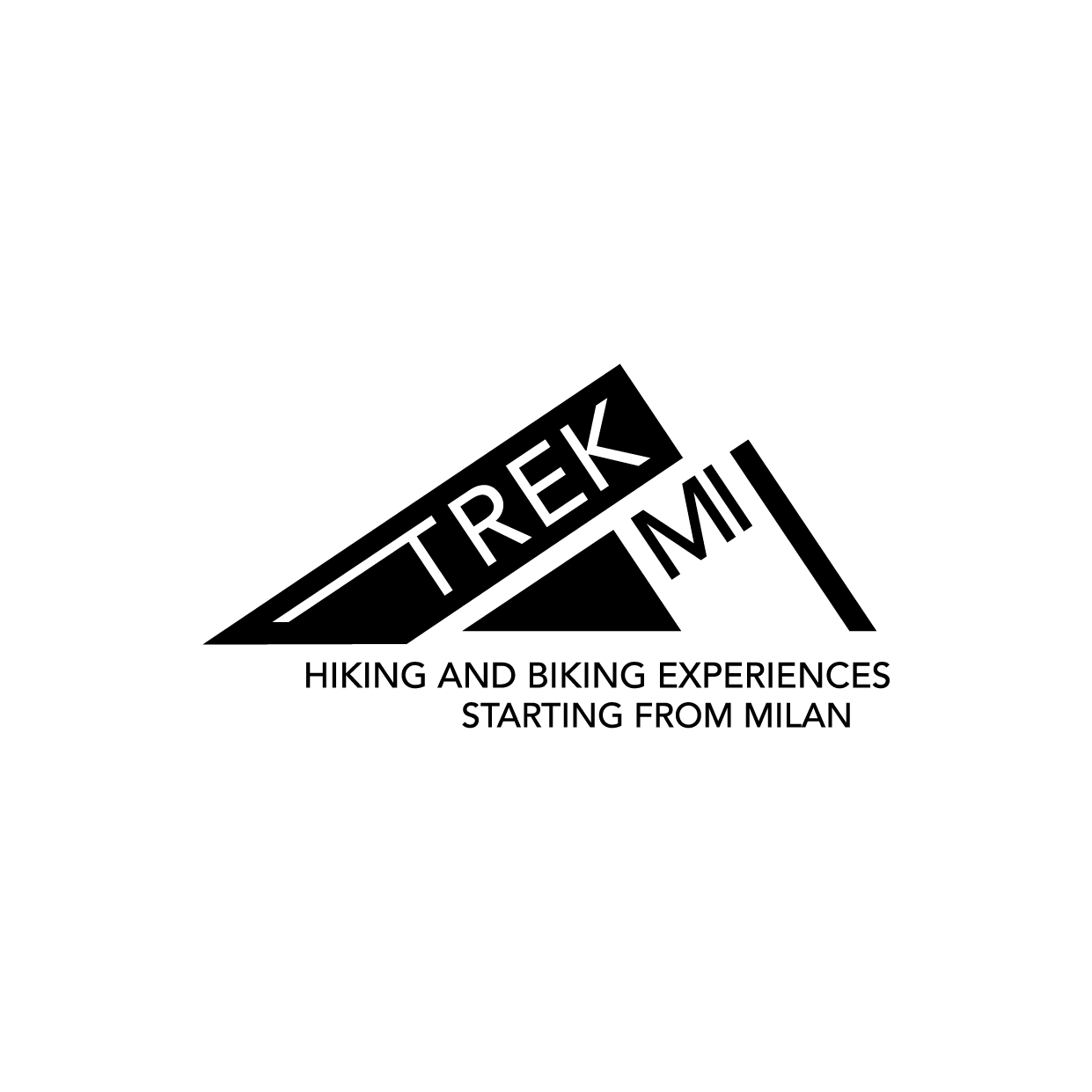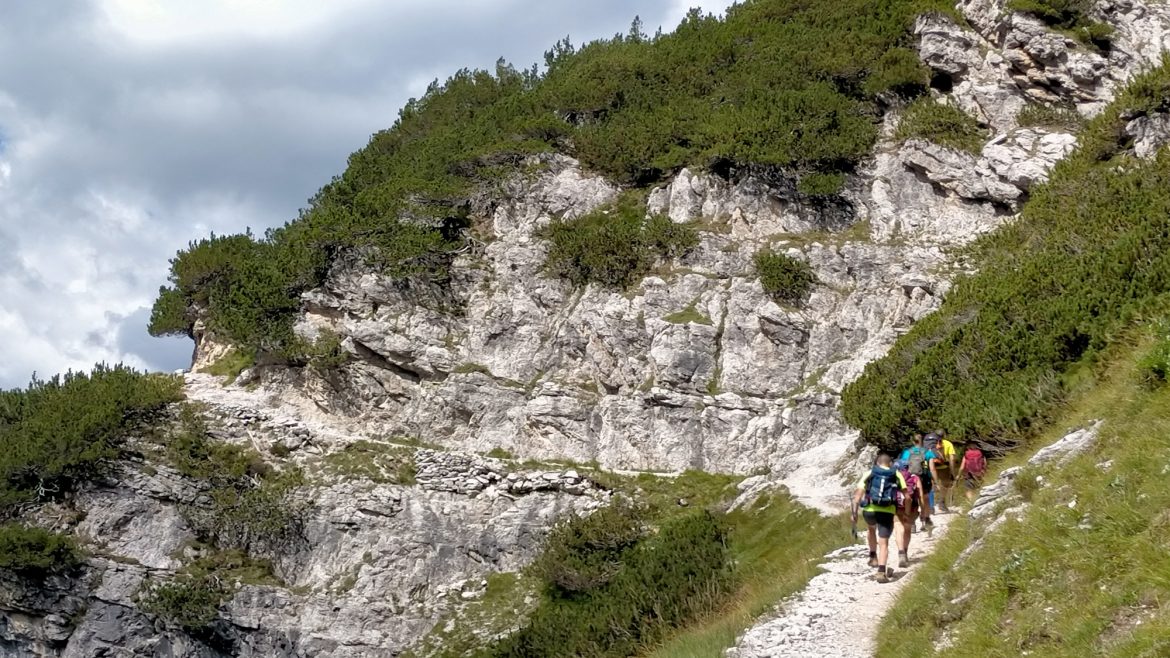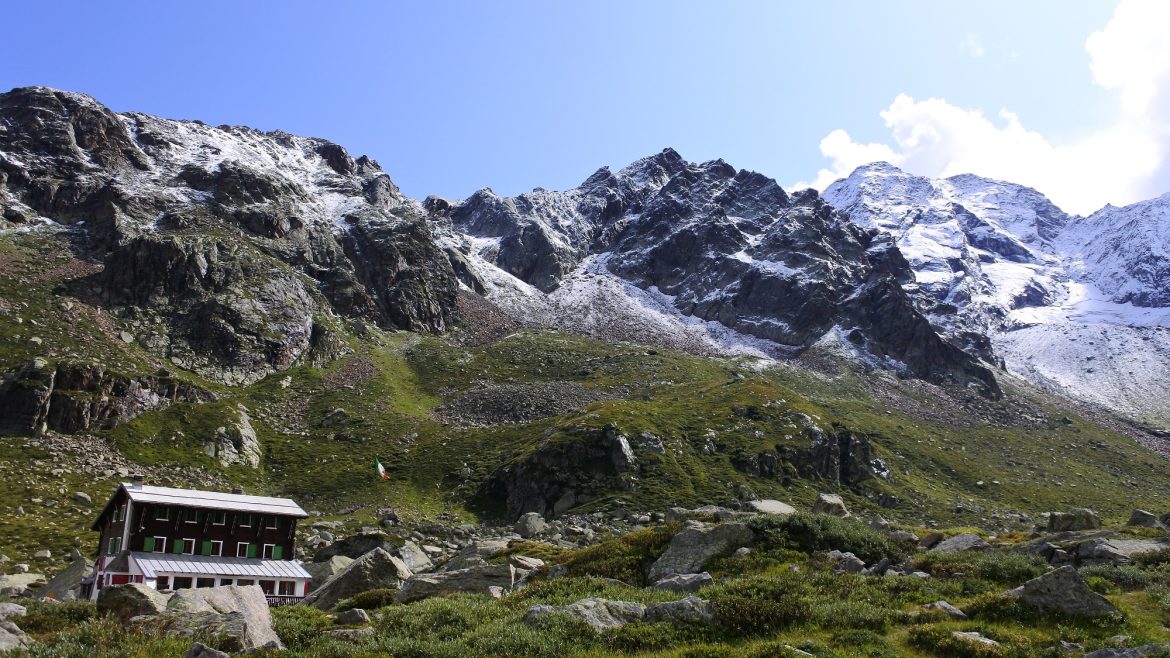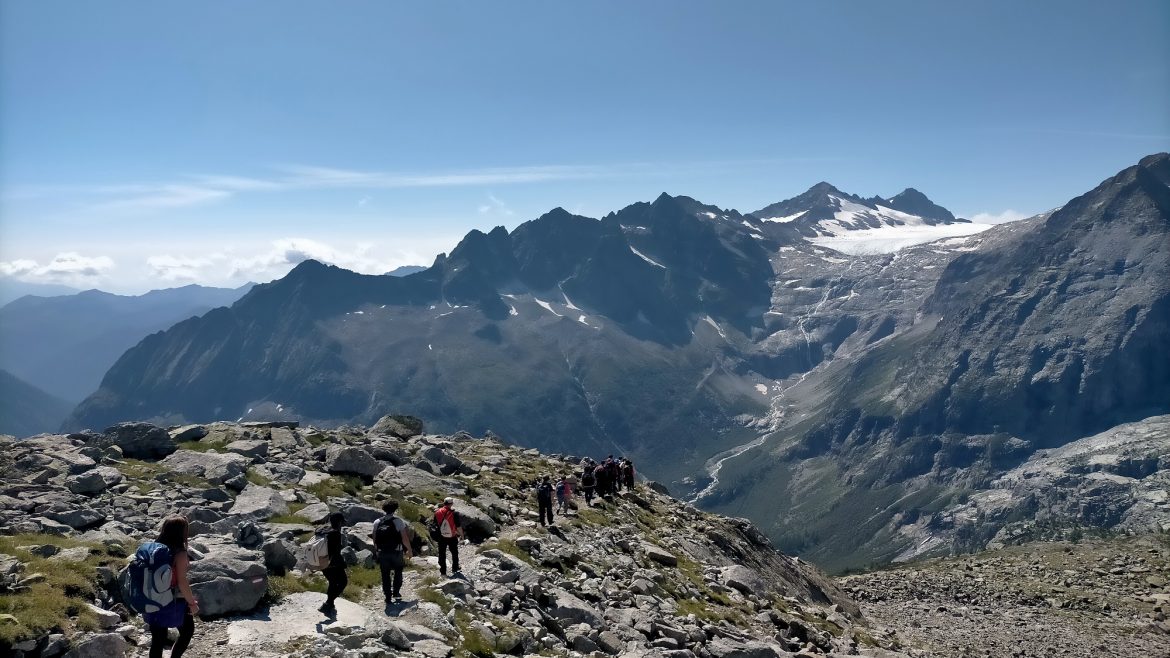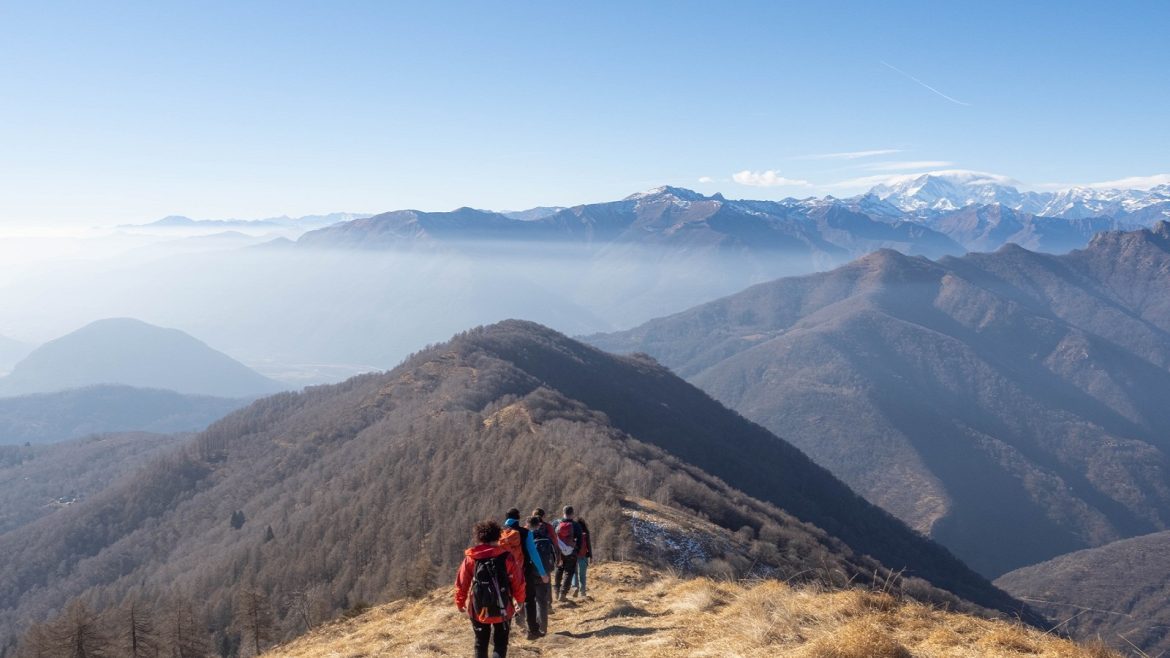To gain the best possible experience while minimizing risks, it is instrumental to match the technical grade of a trail to your experience and physical fitness level. The following grading system is designated by TrekMI to act as a guide to help partecipants choose the activity that best suits their capabilities. Please be aware that a certain degree of subjectivity is inherent in attempts to classify difficulty levels and therefore we suggest that you underestimate rather than overestimate your capabilities.
Based on a generally recognized elevation gain of 350 m/h (approx. 1,150 ft/h – calculated on an average physically fit hiker), TREKMI classifies the itineraries as follows:
By choosing one of the Activities you declare to understand the Hiking Difficulty Levels and to be capable of performing the Activity itself.
